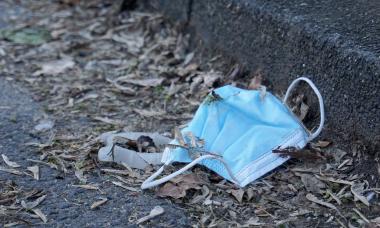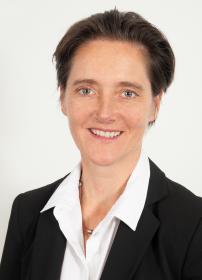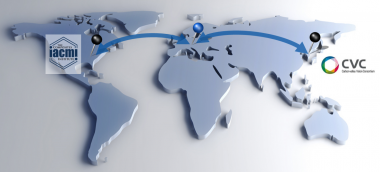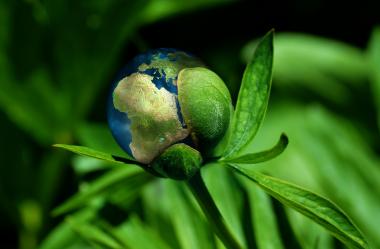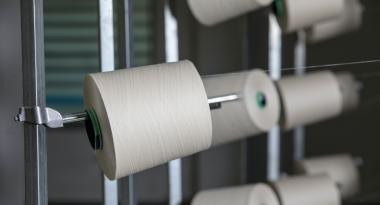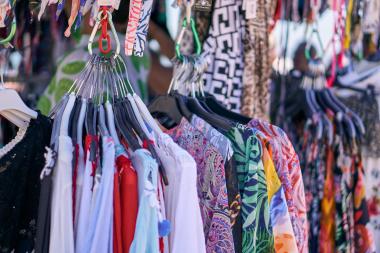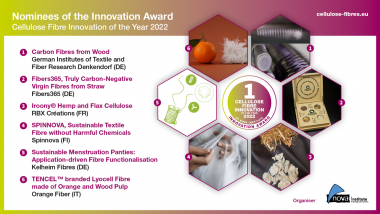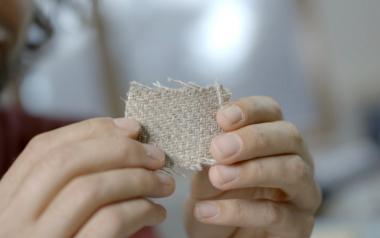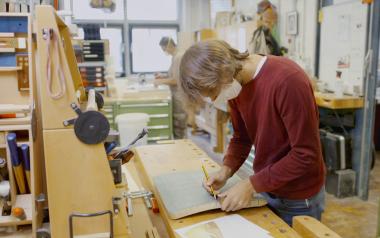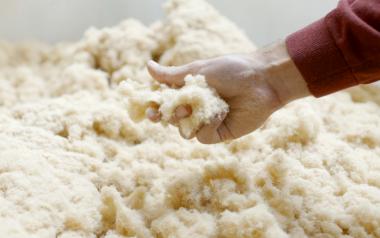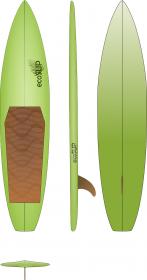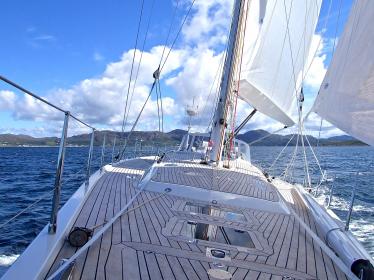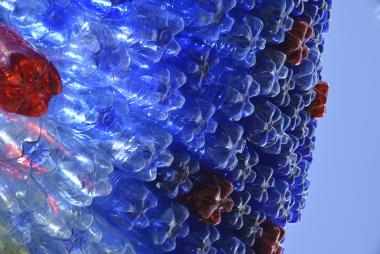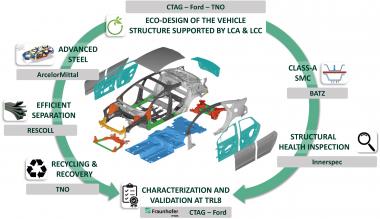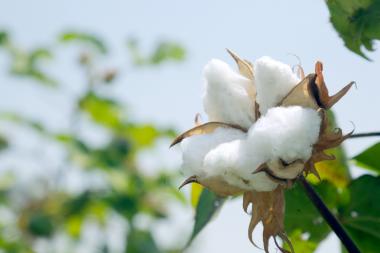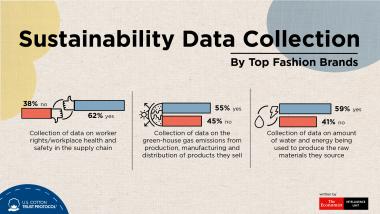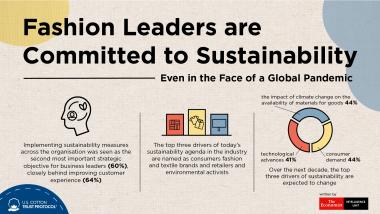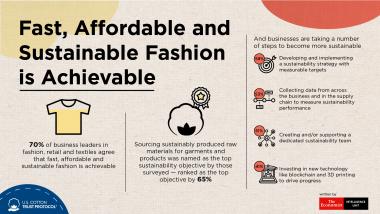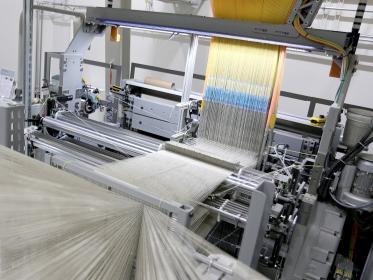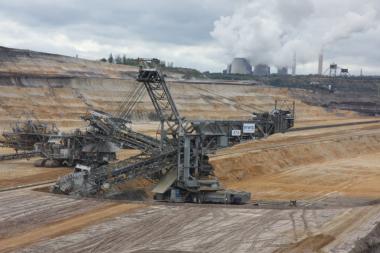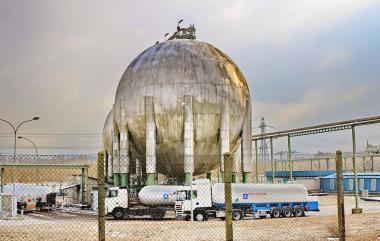Made in Switzerland: Is Flax the New Carbon?
- Bcomp wins BMW Group Supplier Innovation Award in the category “Newcomer of the Year”
The sixth BMW Group Supplier Innovation Awards were presented at the BMW Welt in Munich on 17 November 2022. The coveted award was presented in a total of six categories: powertrain & e-mobility, sustainability, digitalisation, customer experience, newcomer of the year and exceptional team performance.
Bcomp won the BMW Group Supplier Innovation Award in the Newcomer of the Year category. Following a successful collaboration with BMW M Motorsport for the new BMW M4 GT4 that extensively uses Bcomp’s powerRibs™ and ampliTex™ natural fibre solutions and BMW iVentures recently taking a stake in Bcomp as lead investor in the Series B round, this award is another major step and recognition on the path to decarbonizing mobility.
“Innovations are key to the success of our transformation towards electromobility, digitalisation and sustainability. Our award ceremony recognises innovation and cooperative partnership with our suppliers – especially in challenging times,” said Joachim Post, member of the Board of Management of BMW AG responsible for Purchasing and Supplier Network at the ceremony held at BMW Welt in Munich.
BMW first started to work with Bcomp’s materials in 2019 when they used high-performance natural fibre composites in the BMW iFE.20 Formula E car. From this flax fibre reinforced cooling shaft, the collaboration evolved and soon after, the proprietary ampliTex™ and powerRibs™ natural fibre solutions were found successfully substituting selected carbon fibre components in DTM touring cars from BMW M Motorsport. By trickling down and expanding into other vehicle programs, such developments highlight the vital role that BMW M Motorsports plays as a technology lab for the entire BMW Group. This continues in the form of the latest collaboration with Bcomp to include a higher proportion of renewable raw materials in the successor of the BMW M4 GT4.
With the launch of the new BMW M4 GT4, it will be the serial GT car with the highest proportion of natural fibre components. Bcomp’s ampliTex™ and powerRibs™ flax fibre solutions can be found throughout the interior on the dashboard and centre console, as well as on bodywork components such as the hood, front splitter, doors, trunk, and rear wing. Aside from the roof, there are almost no carbon fibre reinforced plastic (CFRP) components that were not replaced by the renewable high-performance flax materials. “Product sustainability is increasing in importance in the world of motorsport too,” says Franciscus van Meel, Chairman of the Board of Management at BMW M GmbH.
Bcomp is a leading solutions provider for natural fibre reinforcements in high performance applications from race to space.
The company started as a garage project in 2011 with a mission to create lightweight yet high performance skis. The bCores™ were launched and successfully adopted by some of the biggest names in freeride skiing. The founders, material science PhDs from École Polytechnique Fédérale de Lausanne (EPFL), used flax fibres to reinforce the balsa cores and improve shear stiffness. Impressed by the excellent mechanical properties of flax fibres, the development to create sustainable lightweighting solutions for the wider mobility markets started.
Flax is an indigenous plant that grows naturally in Europe and has been part of the agricultural history for centuries. It requires very little water and nutrients to grow successfully. In addition, it acts as a rotational crop, thus enhancing harvests on existing farmland. Neither cultivation nor processing of the flax plants requires any chemicals that could contaminate ground water and harvesting is a completely mechanical process. After harvesting the entire flax plant can be used for feed, to make oil and its fibres are especially used for home textiles and clothing. The long fibre that comes from the flax plant possesses very good mechanical properties and outstanding damping properties in relation to its density, making it especially suited as a natural fibre reinforcement for all kinds of polymers.
The harvesting and processing of flax takes place locally in the rural areas it was grown in. Using European flax sourced through a well-established and transparent supply chain it allows to support the economic and social structure in rural areas thanks to the large and skilled workforce required to sustain the flax production. When it comes to the production of technical products like the powerRibs™ reinforcement grid, Bcomp is investing in local production capacities close to its headquarters in the city of Fribourg, Switzerland, thus creating new jobs and maintaining technical know-how in the area. The production is built to be as efficient as possible and with minimal environmental impact and waste.
Further strengthening the local economy, Bcomp aims to hire local companies for missions and with the headquarters being located in Fribourg’s “Blue Factory” district, Bcomp can both benefit from and contribute to the development of this sustainable and diverse quarter.
Bcomp; BMW Group



